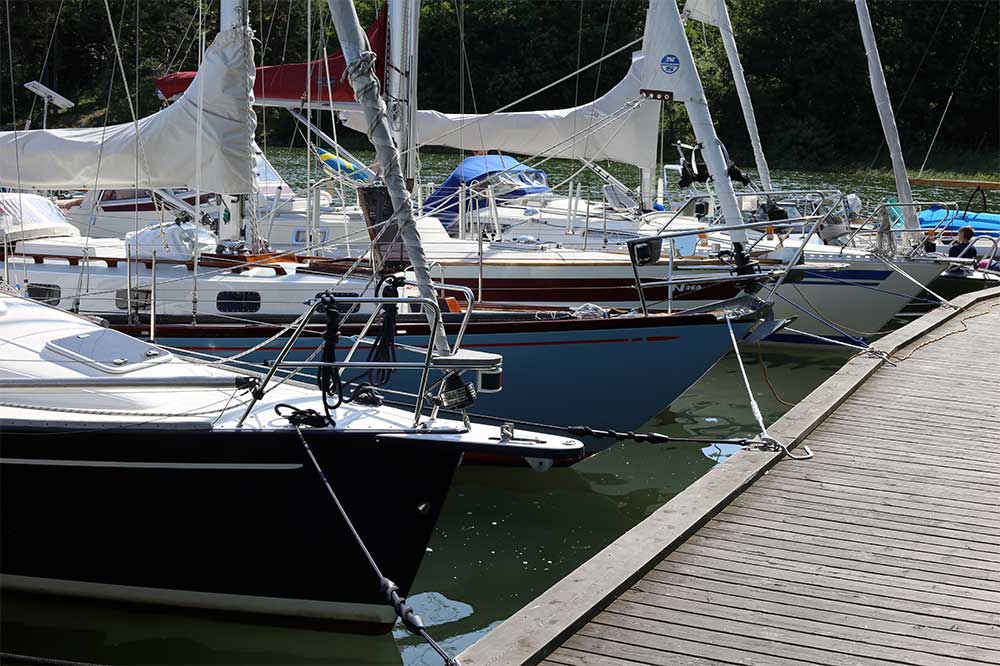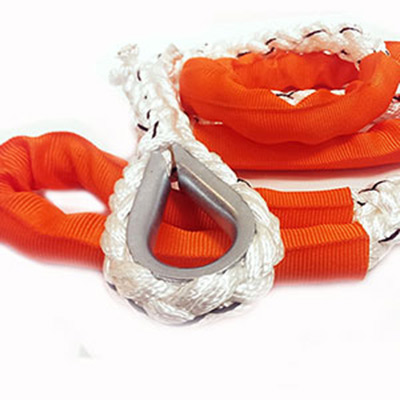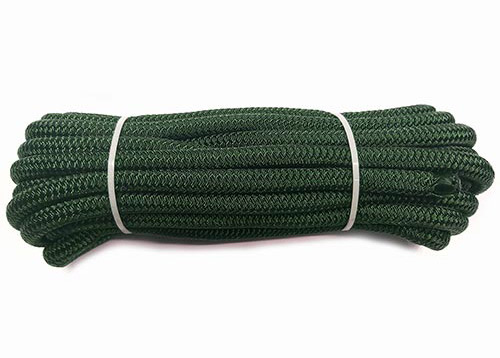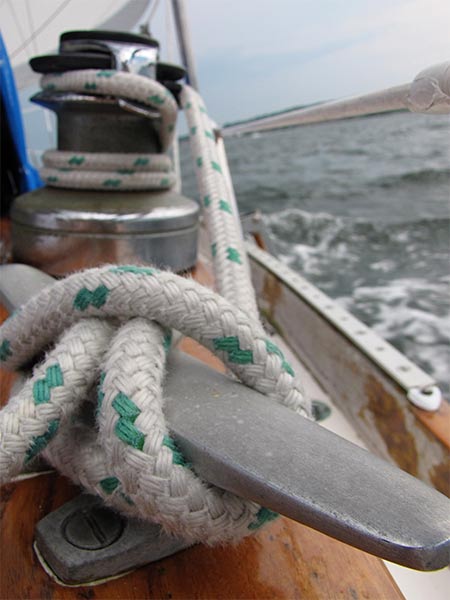It’s one of the most important lines on a boat, so make sure it’s fit for the job…

When was the last time you checked your mooring lines? These boat ropes are often overlooked but it’s essential to keep them in tip-top condition.
A good mooring line can be the difference between a fully protected boat and an expensive accident, so do consider investing in a decent product which will maximise your safety, minimise damage, and should last you a long time.
WHAT ARE MY OPTIONS?
Your mooring line should be made of something that is easy to handle, strong and durable. We wouldn’t recommend always steering towards the cheapest rope. While it is good to explore your options and keep your eyes peeled for a good deal, we always recommend buying a rope that should last a long time and will therefore be more economical in the long run, compared to a cheap and nasty product which is likely to break.

Multiplait is a popular choice because it can stretch comfortably and absorb high amounts of shock rather than snapping under force. This makes it a reliable product in areas where there’s a lot of movement – in a tidal harbour, for example. Multiplait is also great for anchoring in rough seas. While not in use, the rope stows away neatly as it’s carefully designed to prevent kinking.
Multiplait’s 8-strand construction makes it easy to splice. Our white version is particularly good to splice because of its special markers.
Multiplait is considered a long-lasting rope, however the nylon material is known to gradually harden and discolour (due to UV damage). Multiplait has a poorer resistance to abrasion compared to a majority of its competitors. However, additions such as chafe guards can help to counteract this.
At ropelocker, we supply multiplait mooring strops, complete with a galvanised hard eye and chafe guard. These are all made by hand so we can make the perfect length for you.

It’s important to know that the recoil of multiplait rope can be very intense due to its high stretch. So, make sure you regularly inspect your line to ensure its performance and your safety are both maximised.

3 strand polyester is considered quite the all-rounder in the rope world and is commonly used for mooring. It’s easy to handle, easy to splice, and generally sits at the cheaper end of the mooring spectrum.
Compared to multiplait, 3 strand polyester has much better abrasive resistance and isn’t at risk of UV damage. However, it’s not quite as strong and isn’t as stretchy. If your boat is going to be rocking side to side, this can cause the twists the unravel over time. This makes 3 strand polyester more suitable for mooring in sheltered areas, like an enclosed marina, where the rope will be battling less movement.

If you like the sound of 3 strand polyester you might also like multifilament polypropylene (MFPP). These two ropes are pretty much the same, except MFPP can float whereas 3 strand polyester will sink. Generally, MFPP is slightly softer and lighter. It’s also very easy to splice.

Dockline is a very durable rope, with 15% more strength than 3 strand mooring lines. It’s a soft and supple product which isn’t only easy to handle, but looks stylish too. Its double braided construction eliminates shrinkage and loss of strength. It’s also easy to splice, absorbs shock well, and has good abrasion resistance. Sounds good, right?
We stock dockline in black or navy blue. However, we can also supply pre-spliced dockline in red or green, which comes in a 10m length complete with colour-matched whipping. These are great for small vessels (up to 8 metres).


The mother of all dockline, this stuff is designed for yachts over 20 metres. Manufactured from opti-twist polyester, superyacht dockline has incredible extension and shock absorbing properties. The 24-plait cover is very hardwearing and looks great on any superyacht. We supply these through our Marlow Superyacht partners, complete with leather covered eye splices and colour-coded whipping for easy identification.
This product is manufactured specifically for each individual order, depending on chosen lengths, colours, and other finishing options, so please give us a call if you’re after a specific price.
WHAT SIZE DO I NEED?
Once you’ve picked your rope, you need to consider what diameter and length is suitable for your boat.
If you need help choosing the correct diameter, take a look at our guide below.

When deciding the length of your mooring line, advice can vary. However, this is a good starting point:
- Bow line – about two thirds of your boat’s length
- Stern line – again, about two thirds of your boat’s length
- Spring line – the same length of your boat
WHAT ELSE DO I NEED TO CONSIDER?
It’s very important to look after your mooring lines, considering the key role they have in boating. Store them in a safe place when not being used – preferably somewhere covered and away from heat.
Taking care of your mooring lines should not only extend their life but heighten their performance, ensuring ultimate protection for your boat.
However, there are other ways you can minimise damage. Fenders, for example, are a great investment. These hang along the side of your boat and act like cushions, reducing any impact your boat may face during mooring. You can take a look at ropelocker’s selection of fenders here.

Also, keep an eye on your boat’s cleats. Make sure they’re nice and secure. Look out for signs of corrosion, as this could increase abrasion against your ropes.

If you’d like some advice on how to moor your boat, have a quick read of our blog post on the very subject. And while you’re at it, check out ropelocker’s Pinterest board on mooring lines.
